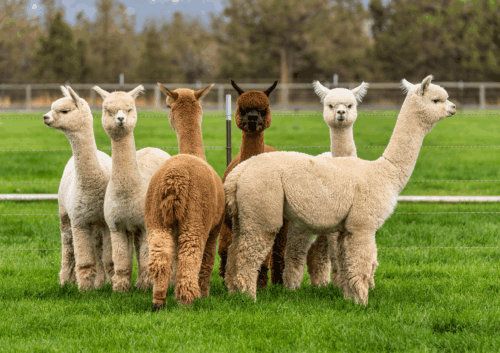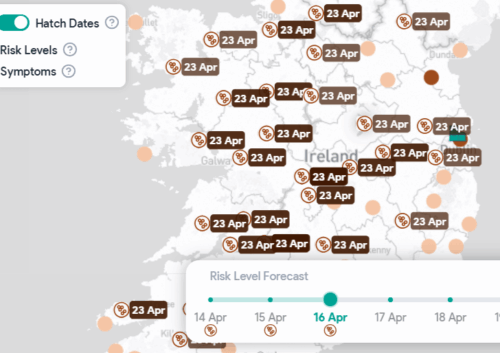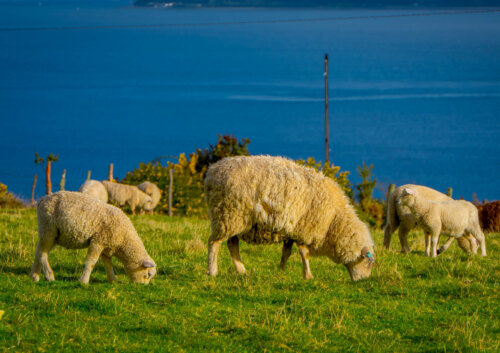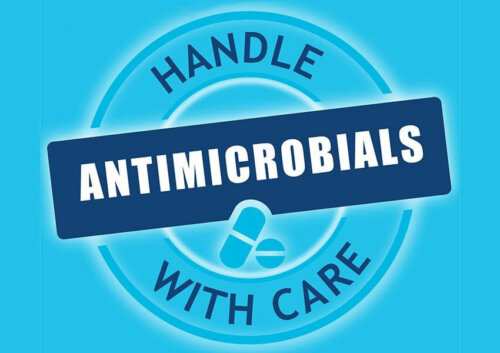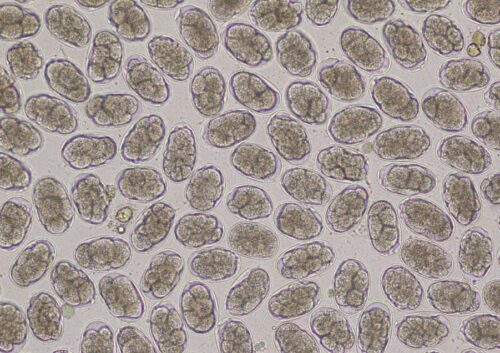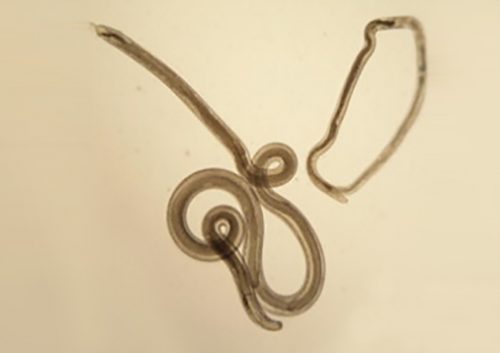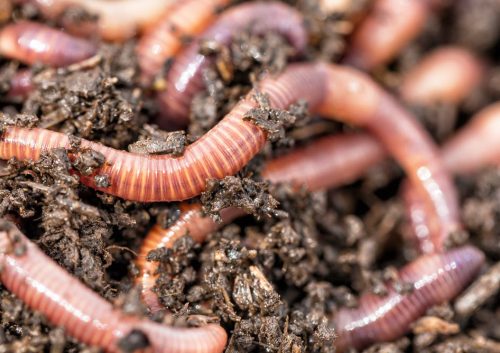Executive Summary
In 2024, Micron Agritech witnessed a dramatic surge in parasite faecal testing of the equine industry, with a 340% increase in the number of tests conducted in Ireland and the UK compared with the previous year. As a result, a clearer picture of the extent of parasitic infections in horses within these regions has emerged. The most common parasite type detected in 2024 was Strongyle, with a staggering 85.05% of infected horses showing egg presence for this parasite. Other key parasite types included Strongyloides (11.18%), Parascaris (2.39%), and Anoplocephala (3.36%).
Amongst the tests completed, 68% of samples received an infection diagnosis, while the remaining 32% of horses were determined as clear from parasites. These healthy individuals could avoid unnecessary treatment to ensure the focus on the ongoing challenge of drug resistance and equine parasite management. This white paper analyses the findings of 2024 testing, discusses the potential drivers of the high infection rates, and offers actionable recommendations for the equine industry to improve parasite management and control.
Introduction
Parasites have long been a significant concern for the equine industry, with the potential to cause a wide range of health issues, from mild discomfort to severe conditions including colic, weight loss, and mortality. Previously, horse owners and veterinarians had relied on routine deworming to combat parasitic infections. However, with growing concerns about drug resistance, there has been a greater emphasis on diagnostic testing to more precisely manage parasite control.
In 2024, Micron Agritech experienced a sharp rise in the number of parasite tests performed in Ireland and the UK, revealing important data about the current state of parasitic infections. This white paper delves into the key findings of 2024 parasite testing, explores the implications for horse health, and proposes strategies for better parasite management moving forward.
Key Findings
Increased Testing in 2024
- Surge in Testing: Equine parasite testing using the Micron Kit increased by 340% in 2024. This significant rise indicates a shift toward more proactive and data-driven approaches to managing parasitic infections.
- Peak Testing Month: October saw the highest volume of equine tests performed, coinciding with the latter of the grazing season. This showcases the importance of testing before movement of animals to minimise contamination of the environment.
Prevalence of Parasite Infections
Strongyle parasites, which are among the most common and harmful internal parasites in horses, were present in a staggering 85.05% of infected samples. This high prevalence is indicative of widespread parasite burdens across the population.
Strongyloides, a nematode commonly affecting foals and young horses, was detected in 11.18% of infected tests. This parasite can cause severe gastrointestinal issues in foals and is a major concern for early-life infections.
The roundworm Parascaris remains prevalent in young horses, accounting for 2.39% of infected samples in the tested population. Although less frequent, Parascaris still presents a significant health risk, causing weight loss and colic in foals and weanlings.
Anoplocephala, the tapeworm that infects the small intestine of horses, was detected in 3.36% of infected horses. Tapeworms can be difficult to detect and often go unnoticed until they cause serious complications like colic or intestinal obstruction.




Infection Rates
Of the horses tested, 68.29% tested positive for at least one parasite. This high infection rate emphasizes the ongoing challenge of managing parasitic infections in horses, particularly in areas with high parasite burdens.
31.71% were determined as clear of parasitic infections. Healthy animals can be continually monitored for without blindly treating if a low or tolerable worm burden is present without clinical complications. This helps to maintain non-resistant worm populations in untreated horses and better preserves the efficacy of available drugs.
Parasitological Analysis
1. Dominance of Strongyle Infections
The overwhelming prevalence of Strongyle infections (85.05%) among the infected samples suggests that Strongyles remain the most significant and widespread threat to equine health. These parasites, which include both large and small strongyles, can cause colic, anemia, and damage to the intestinal walls, leading to long-term health complications in the host if left undiagnosed.
The persistence of Strongyle infections, despite increased deworming efforts, is likely due to a combination of factors. Overuse or improper use of dewormers has led to the development of resistance, particularly in Strongyle populations. This means that routine deworming may no longer be as effective as it traditionally was. In regards to the environment, Strongyles are passed in the faeces and can remain viable for long periods, especially in moist, warm conditions. In areas with poor pasture management or overcrowded conditions, environmental contamination increases the risk of reinfection.
2. High Prevalence of Strongyloides and Parascaris in Young Horses
The presence of Strongyloides (11.18%) and Parascaris (2.39%) in the tested infected population highlights the particular risks posed to young horses. Foals are especially susceptible to Strongyloides, which can lead to severe diarrhea and dehydration [1]. Similarly, Parascaris can stunt growth and lead to respiratory issues in foals and yearlings [1].
Given that Parascaris has developed resistance to many common dewormers, there is a critical need for more targeted deworming strategies and better management of young horses during their most vulnerable stages.
3. Tapeworms: A Growing Concern
The detection of Anoplocephala (3.36%) in the tested infected population is noteworthy, as tapeworm infections often go undiagnosed until they cause acute issues like colic. The diagnosis of a tapeworm infection in equine animals can occasionally be identified using faecal egg count testing, but caution is required as eggs are shed intermittently. Therefore, alternative diagnostic methods may be used to prevent untreated tapeworm causing more severe complications later on.
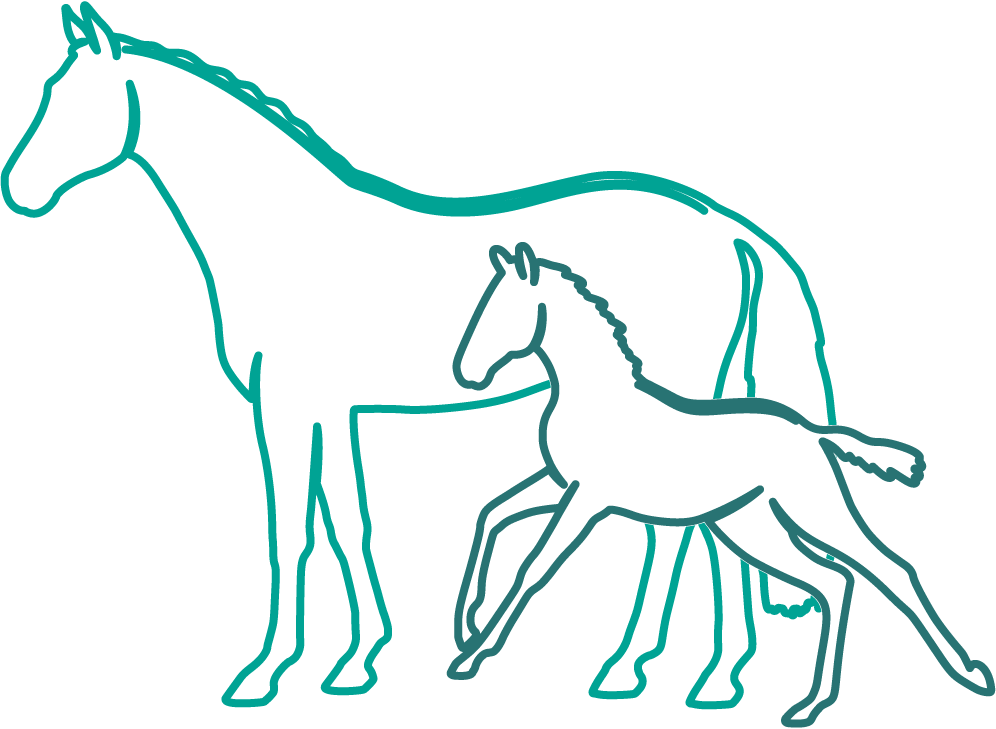
Implications for the Equine Industry
1. Testing as a Key Tool for Parasite Management
The dramatic increase in testing in 2024 is a positive trend for the industry, as it indicates that horse owners and veterinarians are becoming more proactive in identifying and managing parasitic infections. Regular testing allows for more targeted treatment plans and can help prevent the overuse of dewormers, which contributes to resistance.
Although existing resistance cannot be reversed, it can be prevented from becoming a more common occurrence by enacting good pasture management and husbandry practices, as well as an organised anthelmintic control plan. An effective control plan could focus on strategic and selective treatment regimes based on faecal egg count results [2].
Faecal egg count results can be used to indicate treatment efficacy by undertaking a FEC prior to and post administration of an anthelmintic. This FEC reduction test can calculate the percentage of surviving parasite populations and the time interval before the reappearance of eggs, both of which are factors of resistance.
2. The Need for Integrated Parasite Management
The rise in parasite resistance and the complexity of parasite control necessitate a shift toward Integrated Parasite Management (IPM) strategies. IPM focuses on combining diagnostic testing, strategic deworming, environmental management, and pasture rotation to reduce the risk of reinfection [3].
Key components of IPM for equine parasite control include:
- Targeted Deworming: Deworming should be based on test results rather than routine treatments, allowing for more effective control of specific parasites.
- Environmental Management: Pasture management strategies, including rotating pastures, reducing faecal build-up, and controlling intermediate hosts, are essential in reducing parasite burdens in the environment.
- Monitoring and Follow-Up: Regular follow-up testing is necessary to ensure that deworming efforts are effective and that parasites have not developed resistance to treatment. Micron Agritech will soon be adding a drug active list to the platform to promote appropriate use and follow-up testing.
3. Sustainable Deworming Practices
The increased prevalence of parasite resistance highlights the need for more sustainable deworming practices. Eradication of all parasites is not an achievable feat and will only assist in accelerating resistance [4]. Horses and parasites can co-exist with the key aim of maintaining the health of the animal and limiting clinical illness. Over-reliance on dewormers can accelerate resistance, making treatments less effective over time. Strategies such as targeted deworming based on fecal egg counts and rotating deworming classes will help slow resistance development.
Recommendations for the Equine Industry
- Increase Investment in Diagnostic Testing: Encourage the widespread use of diagnostic testing for equine parasites, especially among high-risk populations like young horses and horses in areas with known parasite burdens.
- Adopt Integrated Parasite Management (IPM): Implement a comprehensive approach that combines deworming, pasture management, and environmental control to reduce the spread of parasitic infections.
- Targeted Deworming: Focus deworming treatments on the specific needs of individual horses, guided by diagnostic testing, clinical signs, and farm history, to avoid unnecessary treatments and reduce resistance.
- Educate the Equine Community: Expand educational efforts to help horse owners and veterinarians understand the importance of testing, targeted deworming, and resistance management.
- Monitor and Adjust Strategies: Regularly assess the effectiveness of parasite management programs and adjust strategies based on the latest data and trends in parasite resistance.
Conclusion
The surge in parasite testing in 2024 has provided invaluable insights into the ongoing challenges faced by the equine industry in managing parasitic infections. The noteworthy infection rates of Strongyle, Strongyloides, Parascaris, and Anoplocephala, highlight the need for more effective, sustainable, and targeted parasite management strategies. By adopting Integrated Parasite Management (IPM) practices and focusing on testing, education, and strategic deworming, the equine industry can better control parasite burdens and improve the health and well-being of horses. Routine diagnostic testing is a valuable and essential tool that can help owners to keep track of the effectiveness of their husbandry decisions, help vets, together with clinical symptoms, to devise a treatment plan and evaluate the efficacy of administered wormers.
At Micron Agritech, we are continuously developing our testing platform and will soon launch the monitoring of horse age and breed alongside faecal egg count results. This will provide results with greater context and enable associations between parasitic infection and host factors to be reported. Additionally, we are actively encouraging users to gain more insights through data analysis. To assist, we are excited to launch our new analytics page coming soon which will allow users to view and manipulate data to discover their own trends.
References
[1] Elsheikha, H. (2016) ‘Equine internal and external parasites: identification, treatment and improving compliance.’ Vet Times.
[2] Teagasc (2024) Autumn Equine Internal Parasite Control. Available at: https://www.teagasc.ie/rural-economy/rural-development/equine/equine-health/autumn-equine-internal-parasite-control/
[3] Maqbool, I., Wani, Z.A., Shahardar, R.A., Allaie, I.M. and Shah, M.M. (2017) ‘Integrated parasite management with special reference to gastro-intestinal nematodes’, Journal of Parasitic Diseases, 41(1), pp.1-8.
[4] DVM360 (2024) Internal parasite control guidelines for horses are updated. Available at: https://www.dvm360.com/view/internal-parasite-control-guidelines-for-horses-are-updated

